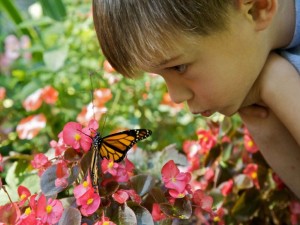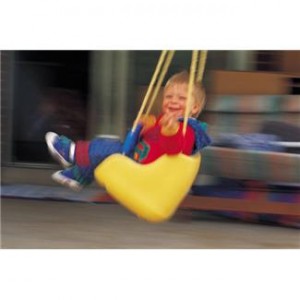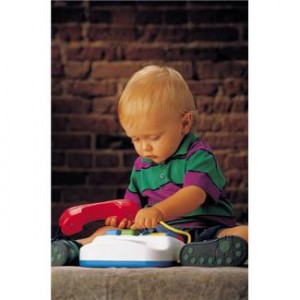Every day this month, blog posts have looked at the question of IQ/intelligence and kindergarten readiness. Each area of multiple intelligence was outlined and support activities included. Then, the role of the 5 senses as well as tips on how to promote growth in those areas was explored. More suggestions followed for individual learning styles. Finally, I touched on the question of children’s mindset, not just their minds. Are kids willing to be wrong and make mistakes? Is learning a safe place to take a chance and try? But it was hard to think of what to do that would wrap up the discussion on developing children’s minds and brainpower.
 As I searched and wondered, I found an article on Web MD by Laurie Barclay called What Makes Kids Intelligent? Dr. S. J. Schoenthaler, a Cal State professor of behavior and nutrition at Long Beach, is quoted as saying “A better indicator than IQ score is whether the child is curious, enjoys role playing and learning, and is happy.” How does that read to you, maybe that attitude is more important than IQ?? That could be controversial and a topic for discussion, for sure!!
As I searched and wondered, I found an article on Web MD by Laurie Barclay called What Makes Kids Intelligent? Dr. S. J. Schoenthaler, a Cal State professor of behavior and nutrition at Long Beach, is quoted as saying “A better indicator than IQ score is whether the child is curious, enjoys role playing and learning, and is happy.” How does that read to you, maybe that attitude is more important than IQ?? That could be controversial and a topic for discussion, for sure!!
Fortunately, I was able to have a conversation with Dr. Peter Julian of The Whole Brain Learning Institute to give some perspective. “Think of the brain as a learning muscle,” he advised. That would mean that like all muscles, the brain needs exercise. Exercise for the brain isn’t just practice and repetition, it’s wonder and questioning. “We need to stimulate children’s curiosity.”
No matter their brain power, kids need a positive attitude and a love of learning. When it comes to kindergarten readiness, which one do you think is more important, IQ or attitude? How do you encourage your child’s curiosity and mental muscles?


